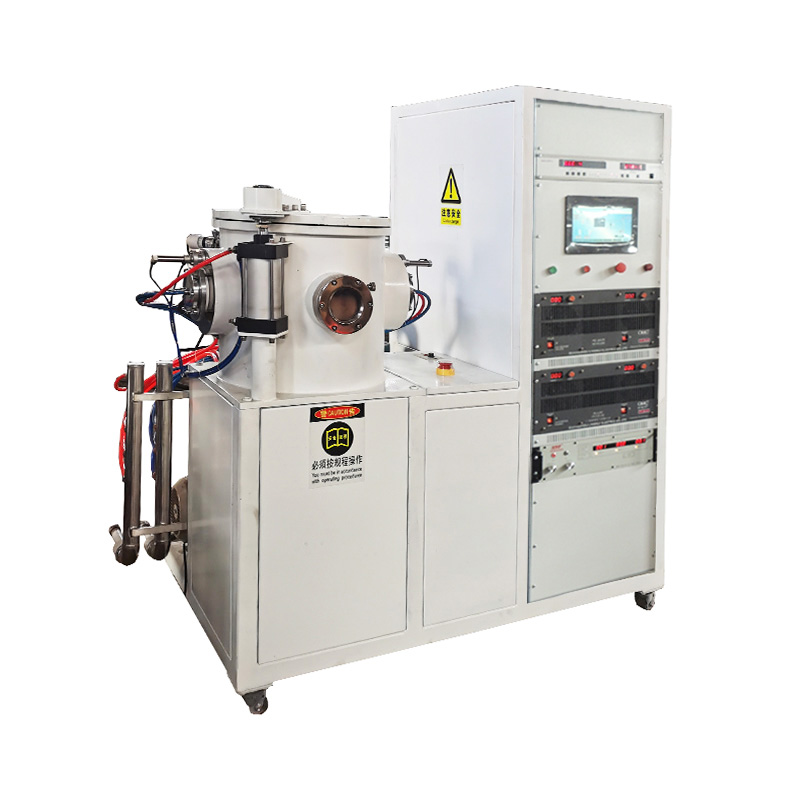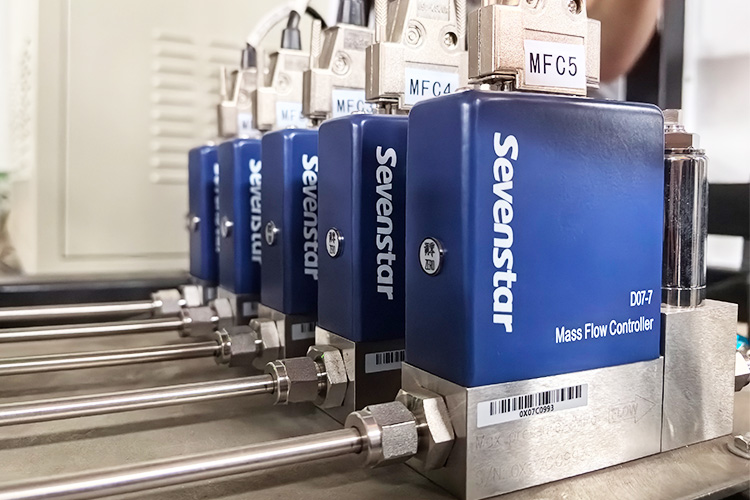Experimental Arc Ion Plating Machine

This is a desktop or small vertical coating equipment based on cathode vacuum arc technology. It deposits high-performance thin films on the workpiece surface by exciting an arc in a vacuum chamber, evaporating and ionizing a high-energy ion beam directly from the solid-state target (cathode).
Typical applications: Provide a device for universities, scientific research institutes and enterprise R&D departments to explore new materials and new processes and trial production in small batches.
Vacuum chamber:
Vacuum chamber: Small laboratory machines are usually cylindrical or cubic, made of stainless steel, and have multiple flanged interfaces on the sides for connecting various components.
Vacuum pump set: usually composed of a mechanical pump (as a front pump) and a molecular pump (as the main pump), which is used to pump the cavity to a high vacuum (usually the basic vacuum needs to reach 10 ^-3 Pa).
Multi-arc ion deposition source:
Arc target holder: the place where solid targets (such as Ti, Cr, Zr, C, etc.) are installed. Small equipment is usually equipped with 1 to 4 target sources, which can be symmetrically distributed around the workpiece.
Arc ignition device: ignites an arc on the surface of the target through mechanical arc drawing or high-voltage pulse triggering.
Magnetic field system: Permanent magnets or electromagnetic coils are installed behind the target. The generated magnetic field can drive the cathode arc spot to move at high speed on the target surface, thereby improving the utilization rate of the target, stabilizing the arc and reducing the generation of large particles.
Cooling system: Both the target seat and the cavity wall need to be cooled by water to take away a large amount of heat generated by the arc.
Bias power supply:
This is the key to achieving "ion deposition" rather than simple "evaporation". The system provides an independent negatively biased power supply (DC or pulsed DC) to the sample stage where the workpiece is placed. The positively charged metal ions are accelerated under the action of a bias field to bombard the workpiece surface with high energy. This can clean the surface, improve the density of the film, and enhance the bonding force of the film base.
Gas distribution and control system:

Process gases: Equipped with mass flow meters for accurate introduction of reactive gases (e.g. N₂, C₂H₂, O₂) to deposit thin films of compounds such as nitrides (e.g. TiN), carbides (e.g. TiC) or oxides.
Electronic control system: Integrated control cabinet, usually using PLC+human-machine interface touch screen, is used to control the start and stop of pump valves and set process parameters (such as arc current, bias voltage, gas flow, time, etc.).
Auxiliary systems (optional):
Baking system: a heating belt or heater used to heat the cavity or workpiece to remove water vapor and optimize the film structure.
Ion cleaning source: An independent argon ion source, used to bombard and clean the workpiece surface before coating, further improving the membrane-base bonding force.
Optical monitoring system: Through the observation window, it can be equipped with laser interferometer or optical emission spectrometer to monitor film thickness and plasma state in real time.

